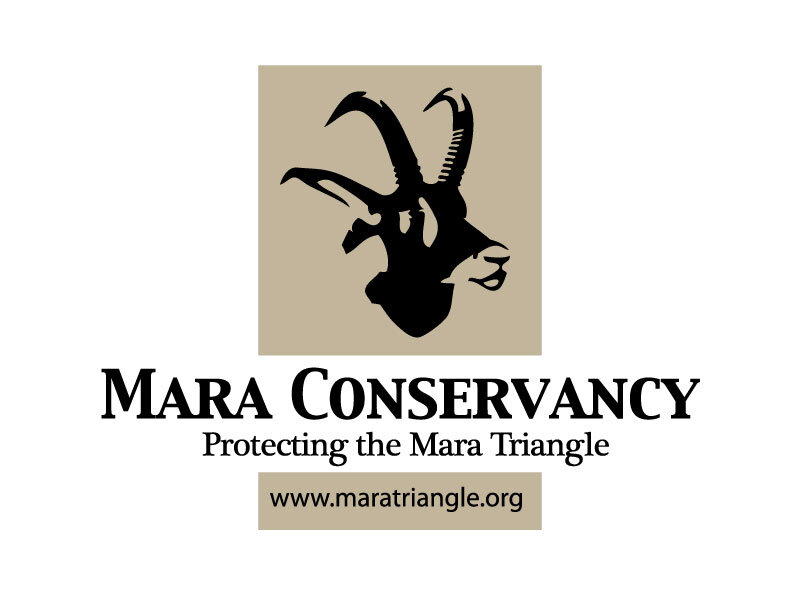A small library of research and articles relevant to the Mara Triangle, Maasai Mara National Reserve, and the Greater Mara Ecosystem.
- An Apparent Decline in the Maasai Mara Black Rhino Population
- M.J. Walpole & P. Bett; 1999
- Density, distribution, population structure & social organisation of the rhino
- Density, distribution, population structure and social organisation of the black rhinoceros in Masai Mara Game Reserve; J.G. Mukinya; 1973.
- Factors Affecting the Recovery of the Maasai Mara Rhino Population
- Matt Walpole, Geoffrey Karanja, Noah Sitati & Nigel Leader-Williams; 2003.
- Feeding and drinking habits of the black rhinoceros in Maasai Mara Game Reserve
- J. G. Mukinya; 1977
- Population Trend and Distribution of the Hippopotamus in Mara Region
- E.M. Kanga, J.O. Ogutu, H. Olff & P. Santema; 2011
- Lethal and non-lethal anthropogenic effects on spotted hyenas in the Maasai Mara
- Wiline M. Pangle & Kay Holekamp; 2010
- Nesting status of African White-backed Vultures Gyps africanus in the Masai Mara
- M. Virani1, P. Kirui, A. Monadjem, S. Thomsett & M. Githiru; 2010
- Dynamics of Mara-Serengeti ungulates in relation to land use changes
- J.O. Ogutu, H.P. Piepho, H.T. Dublin & R.S. Reid; 2008
- Status of Black Rhinos in Maasai Mara Game Reserve
- Morgan-Davies; 1996.
- Blessings and Burdens of Charismatic Mega-Fauna
- How Taita and Maasai Communities Deal with Wildlife Protection in Kenya.Vanessa Wijngaarden; 2008.
- Assessing Wildlife Distribution and Population Trends in the Greater Mara
- Louisa Richmond-Coggan; 2006.
- Declining Rural Populations and the Future of Biodiversity
- Missing the Forest for the Trees?Truman P. Young; 2006.
- Cheetah Census in Kenya
- Wallace Isaboke & Milkah Kahiu.East African Wild Life Society; 2004-5.
- Inventory of Free-Ranging Lions Panthera leo in Africa
- H. Bauer and S. Van Der Merwe; 2004.
- Partnerships in Community-Based Ecotourism Projects
- Experiences from the Maasai Region, Kenya. Volume 1.Marcel M.E.M. Rutten; 2004.
- The Mara Count 2002
- People, Wildlife and Livestock in the Mara EcosystemReid et al.; 2003. Maasai Mara Count Website
- Long-Term Changes in Serengeti & Maasai Mara Wildebeest and Land Cover
- Pastoralism, population, or policies?K. Homewood et al.; 2001.
- Patterns of Population Subdivision in the African Wild Dog
- Patterns of population subdivision, gene flow and genetic variability in the African wild dog (Lycaon pictus).D.J. Girman et al.; 2001.
- Population Dynamics and Future Conservation of a Free-Ranging Black Rhinoceros
- M.J. Walpole et al.; 2000.
- Population Trends of Mara Resident Wildebeest and Influencing Factors
- Wilter K. Ottichil, Jan de Leeua, Herbert H.T. Prins; 1999.
- Tourism Raised Problems in Maasai Mara National Park
- Medini Bhandari; 1999.
- The Ecology of the Earth’s Grazing Ecosystems
- Profound Functional Similarities Exist between the Serengeti and Yellowstone.D. A. Frank et al.; 1998.
- Rabies among African Wild Dogs in the Maasai Mara, Kenya
- P.W. Kat, K.A. Alexander et al.; 1996.
- African Wild Dogs Endangered by a Canine Distemper
- African Wild Dogs (Lycaon Pictus) Endangered by a canine distemper epizootic among domestic dogs near the Masai Mara National Reserve.Kathleen A. Alexander & Max J. G. Appel; 1994.
- Serologic Survey of Selected Canine Pathogens among Free-Ranging Jackals
- K.A. ALexander et al.; 1994.
- Antibodies to Brucella Spp. among Blue Wildebeest and African Buffalo in Kenya
- S. Waghela & L. Karstad; 1986.
